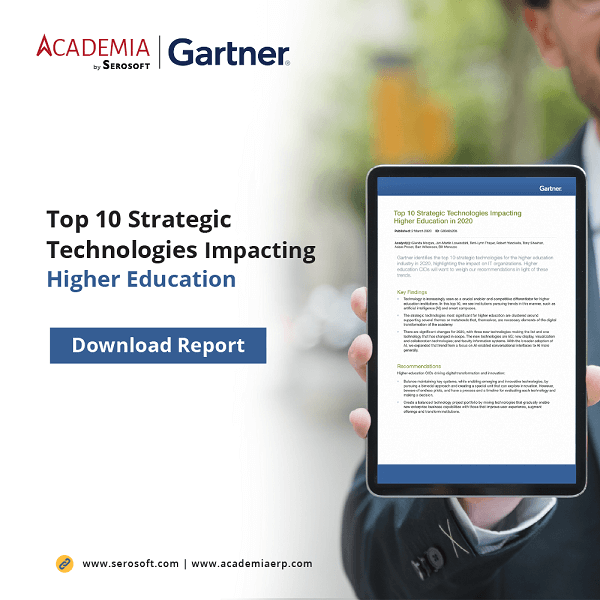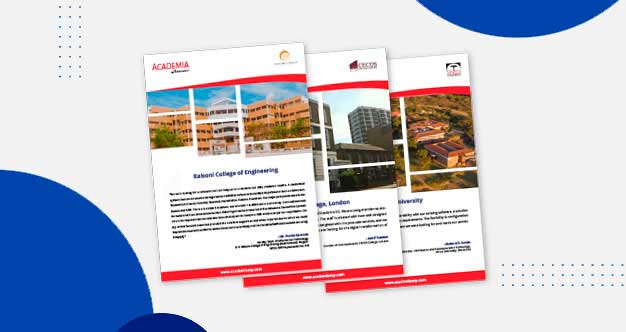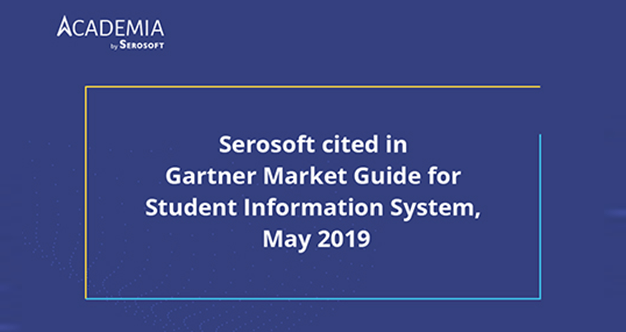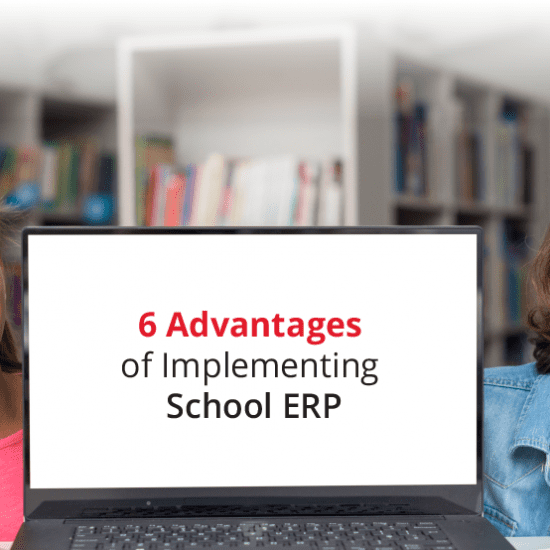Budgeting For A University Management ERP
The successful implementation of any ERP for university management is based on the budgeting for it. It needs proper financial research and feasibility analysis related to it that eventually decides the cost and budgeting. Preparing for an ERP implementation budget for your university is not an easier task, it needs the same mind shuffling as you will need for any other project. You will need to learn several things about ERP budgeting for university management. So let’s discuss the budgeting of ERP in this blog.
It’s often a topic of discussion on what amount should the University invest in acquiring a University Management ERP System. It is usually a herculean task among the finance and IT teams of Universities in planning for a successful ERP implementation. Budget is usually the first parameter that a university’s management ponders upon while deciding to buy an ERP package. Let’s look at some of the important factors to discuss before finalizing the ERP.
Factors Affecting the Budgeting of ERP for University Management:
- Deployment model
Deciding for a budget to opt for ERP you must take into consideration how you want to deploy it in your university like on-premise or Cloud ERP or any other. There are benefits of each deployment model. With all this, you need to check the price of the ERP model for your institute according to the formation model that you have chosen, the maintenance cost for every year is an additional factor.
- Licensing process
The licensing process depends on the formation model that you choose, there are two main categories for licensing, subscription or software as a service (SaaS) and on-premise license. Both methods include different patterns of the cost that you must understand after having a free demo with the university management ERP implementation team. You need to understand the hardware, database, and middleware software, etc. before proceeding further.
- Numbers of branches of the university
The size of your institute, the number of branches it has, the functions and responsibilities, and of course structural considerations of your institute play an important role while deciding the budgeting of the ERP for university management.
Whether you have just one university or several branches for it, you will require some users for a license that can control the ERP at every end, meanwhile, it is up to you to share the access with partners, suppliers, and extended users.
- Applications and special modules
The university management needs to decide about the specific applications or feature sets that you must expect from your ERP, it is one of the most important factors for the evaluation phase of the ERP.
Looking for the functional area, the project team checks the challenges that the university is facing and which modules of ERP are more important for them to improve the overall process that can bring positive change.
So when setting a budget for university management ERP, the chosen applications and modules affect the costing.
- Development and Customization
After finalizing the application and modules of the ERP, you need to focus on the development and customization that you think are important for your institute, for example, if you are thinking to have a customized feature in the fees module that can keep the fees of especially disabled students in a different section than the budgeting for the ERP will include extra charges for the same.
- Training for the ERP System
It is also important to understand completely about the ERP system to implement it in the future, so after deciding all the things the ERP implementation team will provide you a proper training program so that you and other users can understand it properly to get the best returns of the ERP system.
It involves a proper training program of the new or upgraded ERP system for the university, so while setting up the ERP budget, it must consider the pricing of the training courses, educational materials, and other useful things that can develop the training more effectively.
- Support and maintenance
Having an ERP for your university, you will need maintenance of it from the ERP implementation and support team. So while setting up the budget it is necessary to calculate the cost of support and maintenance, in some cases it costs annually and it gets included with the overall pricing of the ERP system.
- Scalability of the ERP system
While thinking about having an ERP system for your university make sure to consider whether it supports the current technological aspects and whether it will support the upcoming new trends in technology providing you continued growth and success. It is also important to check whether the ERP system will help in planning for the future growth of your organization.
Conclusion
So with the understanding of the above points, you must have known about the budgeting factors of a university management ERP. Academia ERP system will not only help in simplifying the overall management process systematically but also will open the doors of success and new achievements. Discuss today with us to collaborate as we are happy to join hands with a university that focuses to drive change and bring digital transformation.
If budgets are tight, Academia ERP offers you allthe bells and whistles when compared to other well-known ERP systems at a fraction of the cost.
Academia ERP: Software as a Service (SaaS) Model
The annual license is also known as the subscription or software as a service (SaaS) fees which are billed annually. Annual per-user-per-year fees are all-inclusive of the yearly license, technical support, software maintenance throughout the year. The subscription fees will decrease with more users, usually on a tiered basis.
The benefit of SaaS licenses are:
- The license fees are spread evenly over the life of the contract.
- Low upfront costs – only implementation services and first-year annual license.
- Annual licenses are purchased out of an Institute’s operational budget which can be easier to access than an
- Institute’s capital budget.
- License Model
This is the original enterprise software licensing model. In the perpetual model of licensing, the client makes an upfront, one-time purchase of the Academia, and then the client owns the software.
With a perpetual license, the client usually has to decide on the number of licenses (generally linked to the number of students) the client needs upfront. The cost per license will decrease with more licenses, usually on a tiered basis. The major benefit of perpetual licenses is that client has to pay just once and they are set to use Academia forever. The client then will only have to pay a fixed AMC each year.
 Higher Ed Plans
Higher Ed Plans K12 Plans
K12 Plans











